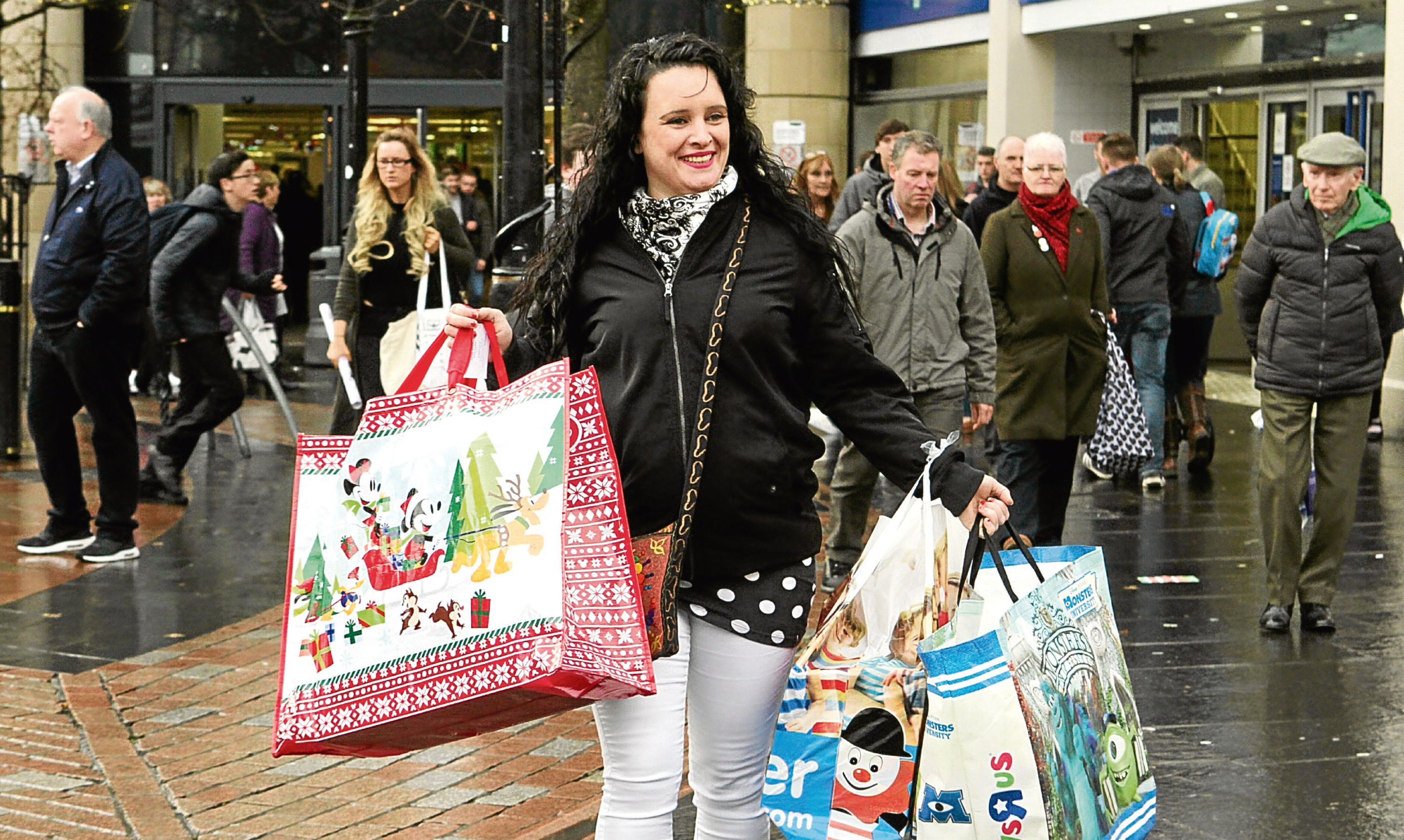The Scottish Retail Consortium has called for the “debilitating” business rates regime to be “recast” for the next decade.
The trade body said the forthcoming Barclay Review of business rates represented a real opportunity to substantially lower the tax burden on retailers and improve the viability of high streets.
“2017 will also see the culmination of the Barclay Review of Scotland’s £2.6 billion system of business rates,” SRC director David Lonsdale said.
“There are few more pressing issues for the industry than the prohibitive cost of business rates, which has moved in the eyes of many retailers from irritating to debilitating in recent years.
“We must make the most of this Review and recast business rates for the decade ahead and substantially lower the tax burden.
“This would increase retailers’ confidence about investing in new and refurbished shop premises, create jobs and help revive our high streets and town centres.”
In his New Year’s message, Mr Lonsdale also spoke of other headwinds facing the sector including Brexit and the squeeze on incomes.
He said recent sales, footfall and shop vacancy figures had made for “sober reading” when taken against a background of shifting consumer habits and increased market competition.
He said there had “barely been a better time to be a shopper” with the digital revolution and falling shop prices conspiring to increase choice and drive down the cost of goods.
Mr Lonsdale said a “modest” lift in retail sales in the second half of 2016 had been a welcome relief but he said the sector was still vulnerable to the whim of consumers and the impact of legislation.
“In many respects our economy lives or dies by what happens to consumer spending,” Mr Lonsdale said.
“That’s why policy makers should be concerned about the formidable challenges for Scottish retail in the year ahead.
“Rising inflation and council taxes are likely to put a strain on disposable incomes.
“However, households will be relieved by the Scottish Government’s decision not to increase income tax rates, an area on which the SRC and government are firmly at one.
“Retailers themselves continue to grapple with a hotchpotch of government-imposed cost pressures.
“This is set to continue into early 2017 when employers of scale start forking-out for the Apprenticeship Levy.
“This reinforces the need for government at every level to work more effectively with the retail industry to help it keep down the cost of living for consumers and to help it thrive and prosper.
“A more coherent approach towards policy making in the year ahead is certainly required.
“This will become all the more important with Scotland’s economic performance now determining to a significant extent the levels of devolved public sector revenue.
“That will only become more important, especially with half of VAT receipts soon to be assigned to the Holyrood Parliament.
“Our MSPs will have an even greater direct stake in supporting a flourishing retail industry.”
